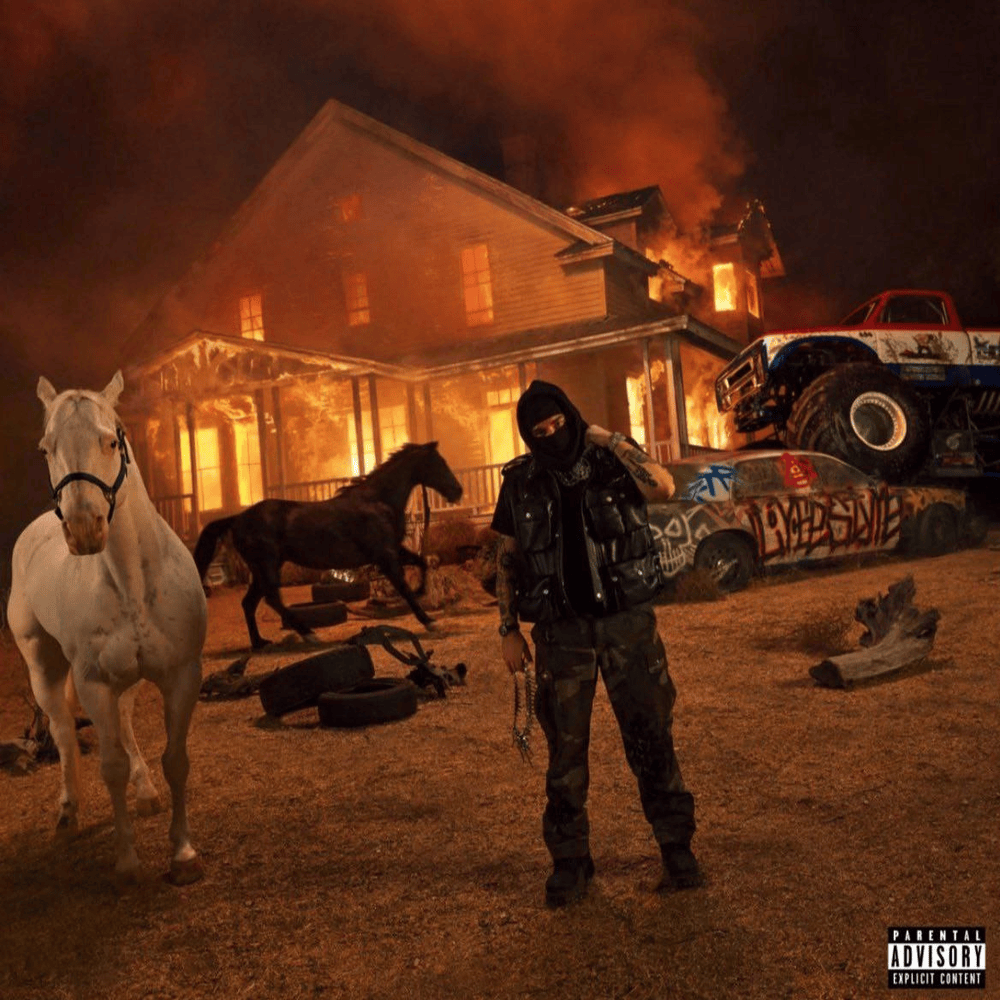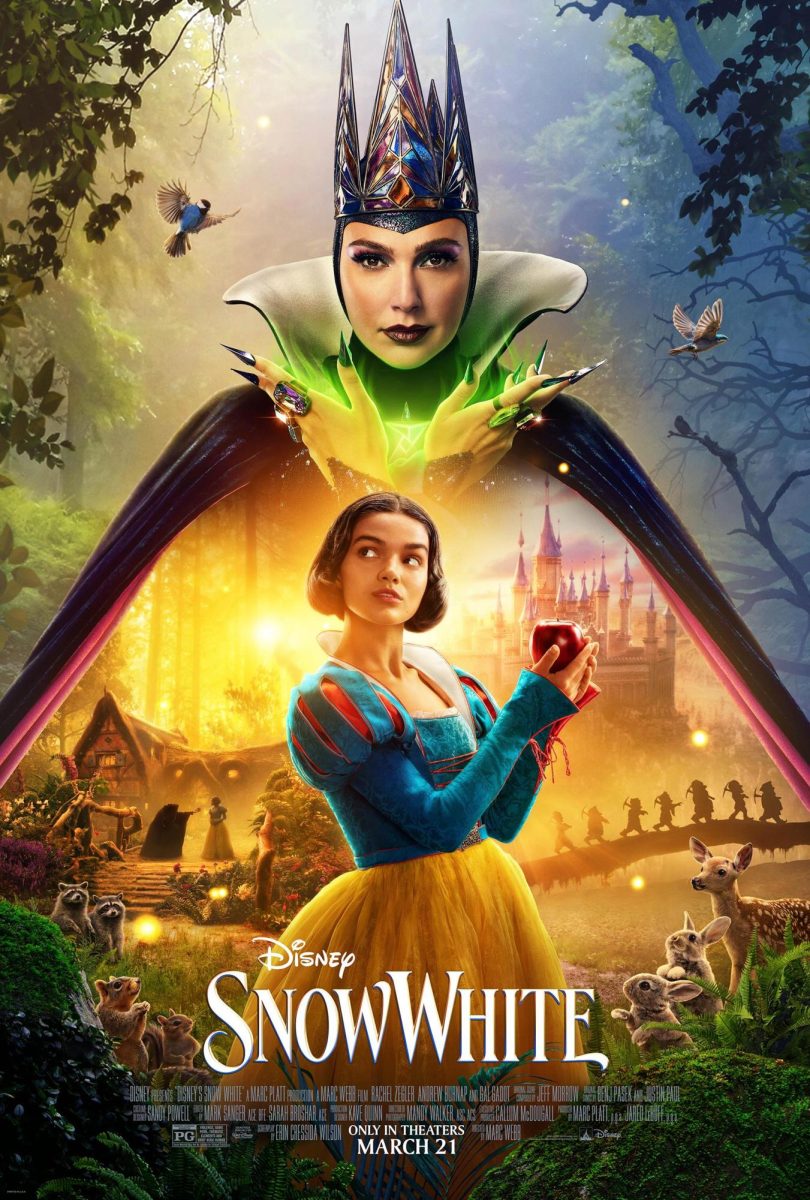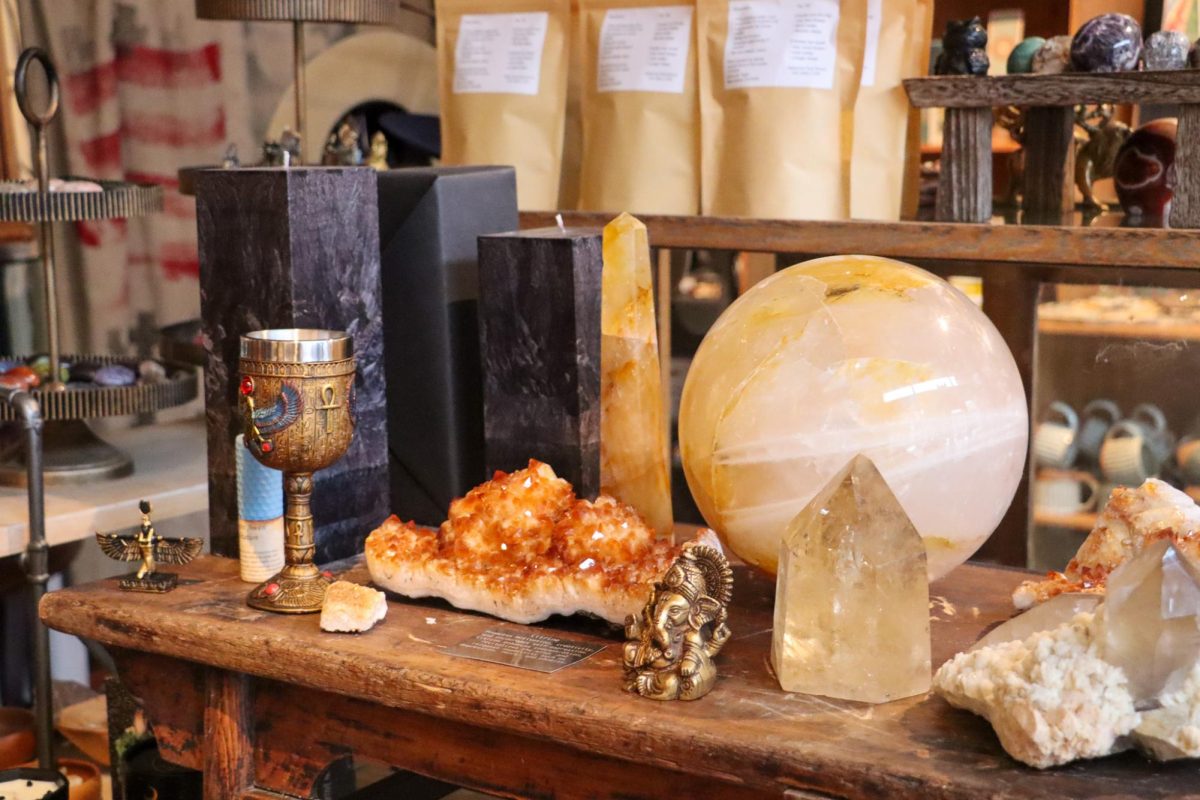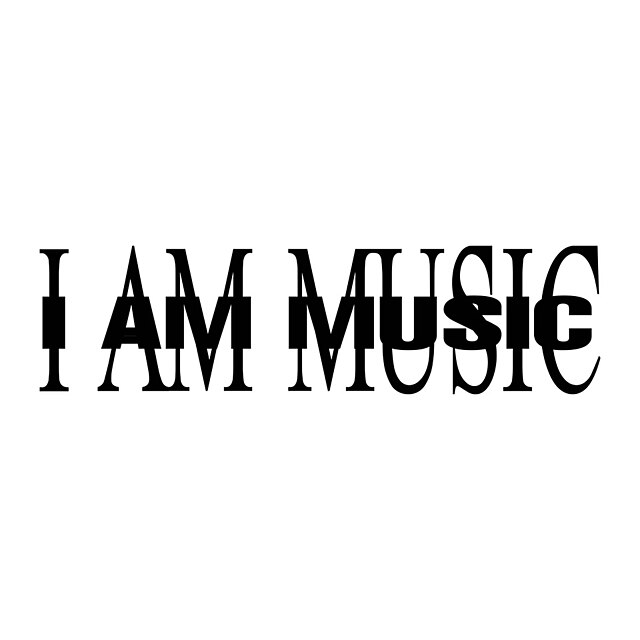On Friday, Oct. 18, American rapper and singer-songwriter Noah Smith, professionally known as “Yeat,” released his latest album, LYFESTYLE. The album boasts an excessive 22 songs, contributing to a total run time of 62 minutes. For fans who miss Yeat’s earlier, more aggressive, and fast-paced style, his newest album includes a few tracks that echo the sound and feel of old projects.
Yeat began his music career in his early teens, eventually developing his signature blend of trap and hyperpop. Yeat combines a futuristic, dystopian production with mysterious lyrics and a signature trap beat, creating his distinct sound.
The rapper broke through in 2021 when his song “Gët Busy” went viral on social media platforms worldwide. His music, most evident on his Feb. 2024 album 2093, often reflects his struggles with drug use. He describes himself as living in a dystopian society, using his music as a cry for help from a struggling drug addict.
LYFESTYLE is a nostalgic blend of Yeat’s past hits, including fast-paced melodies, heavy autotune, and aggressive lyrics. Fans will appreciate its callback to chaotic beats and futuristic production that brought Yeat his initial fame in the trap and hyperpop genre.

Although Yeat’s fans love his signature style, many songs on LYFESTYLE showcase low-quality lyrics, with words haphazardly strung together and mumbled through. The unpolished lyrics lower the quality of the music, leading to the beats driving the success of the album.
The rivalry between Yeat and competing American rapper ian, who shares a similar musical style, has become a hot topic among fans and critics, and driving force for this album. Both artists come from close to identical musical backgrounds and produce similar melodies, leading fans to compare them. LYFESTYLE represents Yeat’s clap-back at ian, pursuing his own previously successful beats and production style.
The most streamed and first track on LYFESTYLE is “GEEK TIMË.” Showcasing Yeat’s classic style once again, “GEEK TIMË” harbors a good overall feel for the energy of the album. Yeat raps, “It’s back to back geek mode, on time again,” alerting listeners that he is back to his signature style and focusing on his production quality. “GEEK TIMË” starts fast in Yeat’s signature flow, similar to earlier song “Died B4,” from the album Alivë, a fast-paced and signature exhibit of Yeat’s flow.
Track eight on the album, “BË QUIET,” features American rapper and singer Kodak Black. Combining Black’s classic flow and Yeat’s iconic bass, the duo’s work enhances Yeat’s successful futuristic beats. In “BË QUIET,” Yeat raps about his independence, stating, “Did it by myself, so I don’t got nobody to tell me nothing, yeah,” alluding to rough relationships with previous producers. While this song has a similar tempo and low-quality lyrics to other songs, Kodak Black’s feature puts a needed spin on the repetitiveness in the rest of the album.
“LYFE PARTY,” track 21, offers a flair taken from his latest and most unique album 2093 with a slight twist. It incorporates a new, experimental sound that separates it from the other songs on the album, providing a necessary departure from the norm. “LYFE PARTY” encapsulates his trap and hyperpop style of music, however doesn’t go far enough to add variety to the album.
Yeat’s fans continue to look forward to his next album, to hopefully continue developing his musical style. The ongoing rivalry with ian challenges Yeat to innovate his music and push the boundaries further, with “LYFESTYLE” showcasing his ability to evolve while maintaining his futuristic dystopian style. However, his lyrics are unfulfilled and sometimes incomprehensible, leaving LYFESTYLE to earn a three out of five feathers.











Ryan Cunningham • Oct 28, 2024 at 1:14 PM
What a fantastic article! It’s exciting to see how Yeat is blending nostalgia with innovation, bringing back elements of his earlier aggressive style while still pushing the boundaries of trap and hyperpop. The insights into his collaborations, especially with Kodak Black, highlight the dynamic energy that Yeat brings to his music.
I appreciate how you’ve acknowledged the ongoing rivalry with ian, which adds an intriguing layer to the album’s context. This competition seems to inspire Yeat to explore new sounds while still staying true to his roots. The article’s balanced perspective on the album’s lyrical content is refreshing, recognizing both the strengths and areas for growth in his artistry. Overall, I’m excited to see how Yeat continues to evolve in his future projects!